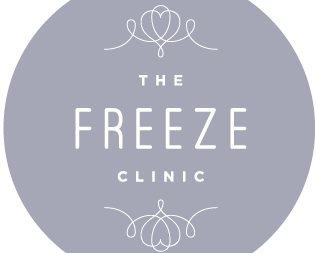Written by S Shiva (Sri Lankan Reporter)
 Sri Lanka has managed to maintain its coronavirus spread to very low counts for the past few months. It was achieved from curfews and martial controls over the country. However, the past week has proven that it was only a fluke – an attempt to shove the issue under the carpet. The country saw a drastic increase of COVID-19 patients during the last week.
Sri Lanka has managed to maintain its coronavirus spread to very low counts for the past few months. It was achieved from curfews and martial controls over the country. However, the past week has proven that it was only a fluke – an attempt to shove the issue under the carpet. The country saw a drastic increase of COVID-19 patients during the last week.
Within the past one week the numbers of those affected by coronavirus in Sri Lanka has skyrocketed from 254 to 460. The 24th of April 2020 was a day when unprecedentedly large numbers of coronavirus patients (over 50 patients) were recorded in the country. And the 25th of April, 2020 too saw a large number of over 40 patients. This was what primarily led to the numbers almost doubling. In addition, the numbers have been even more shocking ton the 26th of April, 2020 with 19 patients newly confirmed, and a 150 more armed forces personnel tentatively confirmed to have COVID-19. These numbers may not seem high, but considering the small population of the country and the situation of medical facilities – it becomes apparent that the nation will not be able to stand up to extreme stress of the crisis if more patients arrive.
 As a result of this situation, the curfews for all districts which were to have been removed by the government from Monday the 27th April, 2020 were extended till the 4th May 2020 for those districts deemed to be danger zones. These districts are Colombo, Kalutara, Gampaha, and Puttlam. That said, according to the information released by local professors, who are involved in medical research regarding the viral infection, there may be as much as thousands of infected patients still to be discovered within the country. In light of this there is a chance that the crisis may grow stronger, and cause the curfew to be extended.
As a result of this situation, the curfews for all districts which were to have been removed by the government from Monday the 27th April, 2020 were extended till the 4th May 2020 for those districts deemed to be danger zones. These districts are Colombo, Kalutara, Gampaha, and Puttlam. That said, according to the information released by local professors, who are involved in medical research regarding the viral infection, there may be as much as thousands of infected patients still to be discovered within the country. In light of this there is a chance that the crisis may grow stronger, and cause the curfew to be extended.
These curfews have caused a major downturn in the economy of this country, which was not ready or equipped for employees to work from home. Many citizens are facing starvation as they are not paid their salaries for the month, or have completely lost their jobs. Though the state had pledged to pay Rs 5000 (approximately USD25) for living expenses for those who are facing financial difficulties, only some areas received the succor – others were forced to starve even when in need.
 Another issue faced by the populace is the purchase of essential items during curfew. These are only available in preset packs for delivery with no choice involved except for the size of the pack. As a result, some items which were not needed accumulated during purchases, while others that were important were not available for purchase. The deliveries too were rather finicky, with the central Colombo city – inhabited by the most affluent – receiving deliveries from a large number of places, while others had few to no places delivering. According to a resident of Jaffna, there were no places delivering outside the town. So they’re forced to go out shopping, even under curfew. Those who are caught are harassed and beaten before being thrown into prison by the security forces.
Another issue faced by the populace is the purchase of essential items during curfew. These are only available in preset packs for delivery with no choice involved except for the size of the pack. As a result, some items which were not needed accumulated during purchases, while others that were important were not available for purchase. The deliveries too were rather finicky, with the central Colombo city – inhabited by the most affluent – receiving deliveries from a large number of places, while others had few to no places delivering. According to a resident of Jaffna, there were no places delivering outside the town. So they’re forced to go out shopping, even under curfew. Those who are caught are harassed and beaten before being thrown into prison by the security forces.
That being said, the residents in districts where curfew has been released are allowed to leave their homes for shopping according to a preset order based on the last digit of their identity cards. The Sri Lankan government has also said that they hope to start rebuilding the economy after the curfews come to an end. The President also remained highly optimistic of having the General Elections in June 2020, though others have great doubts.
Whether these hopes will be achieved remains to be seen. If Sri Lanka is unable to deal with the rising rates of infection, the covid-19 infection will burst out like a flood damaging the country.









